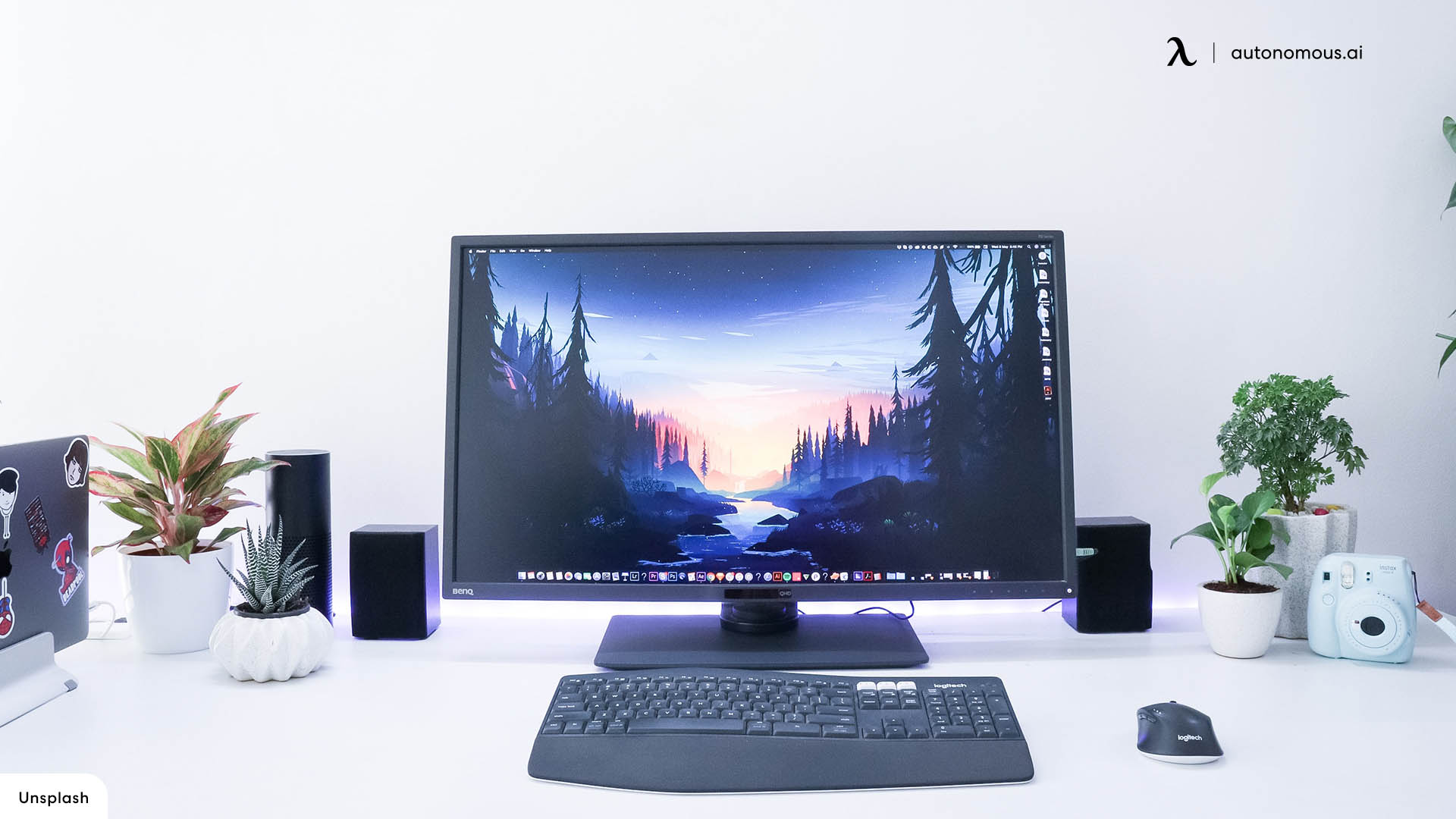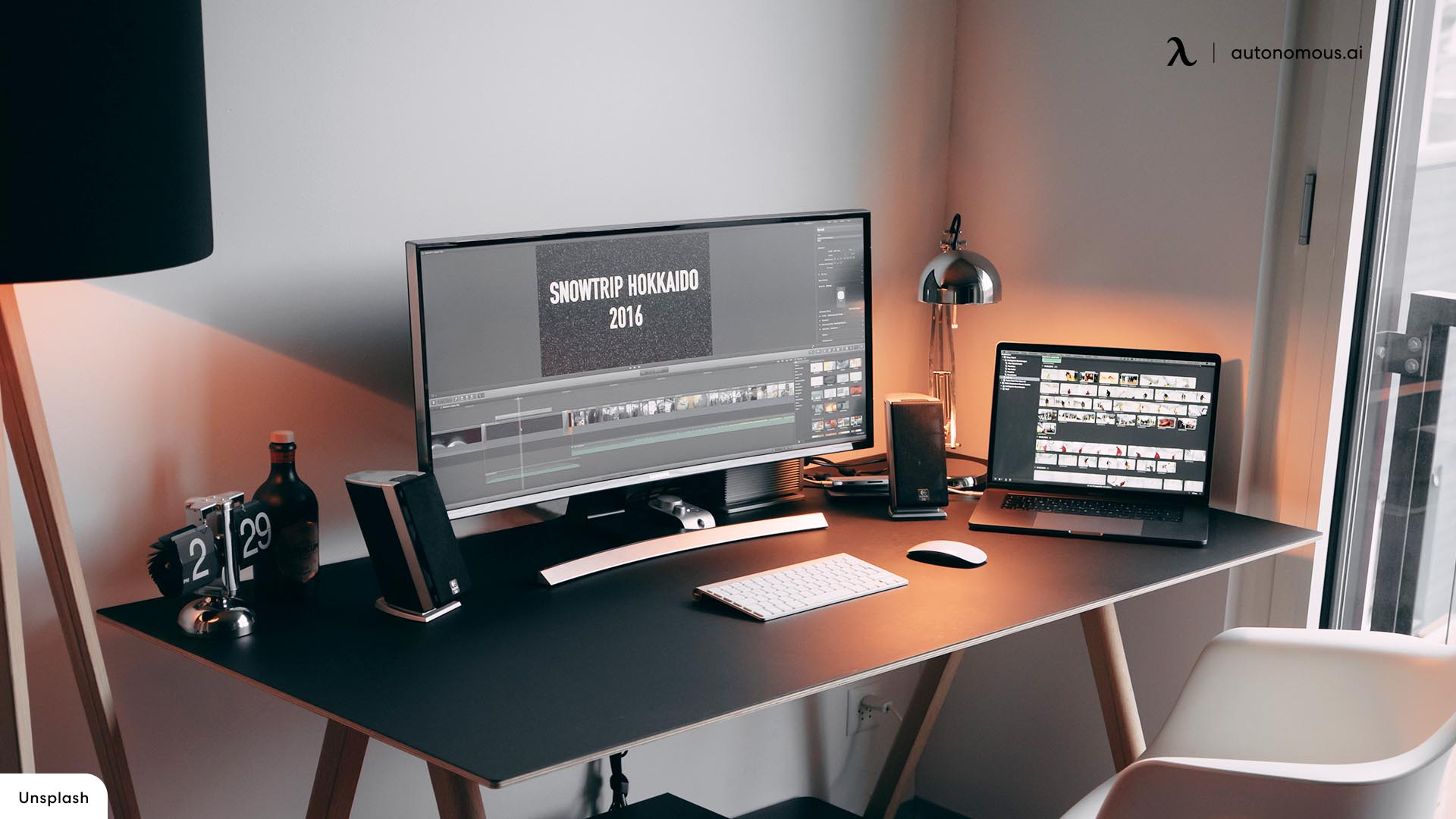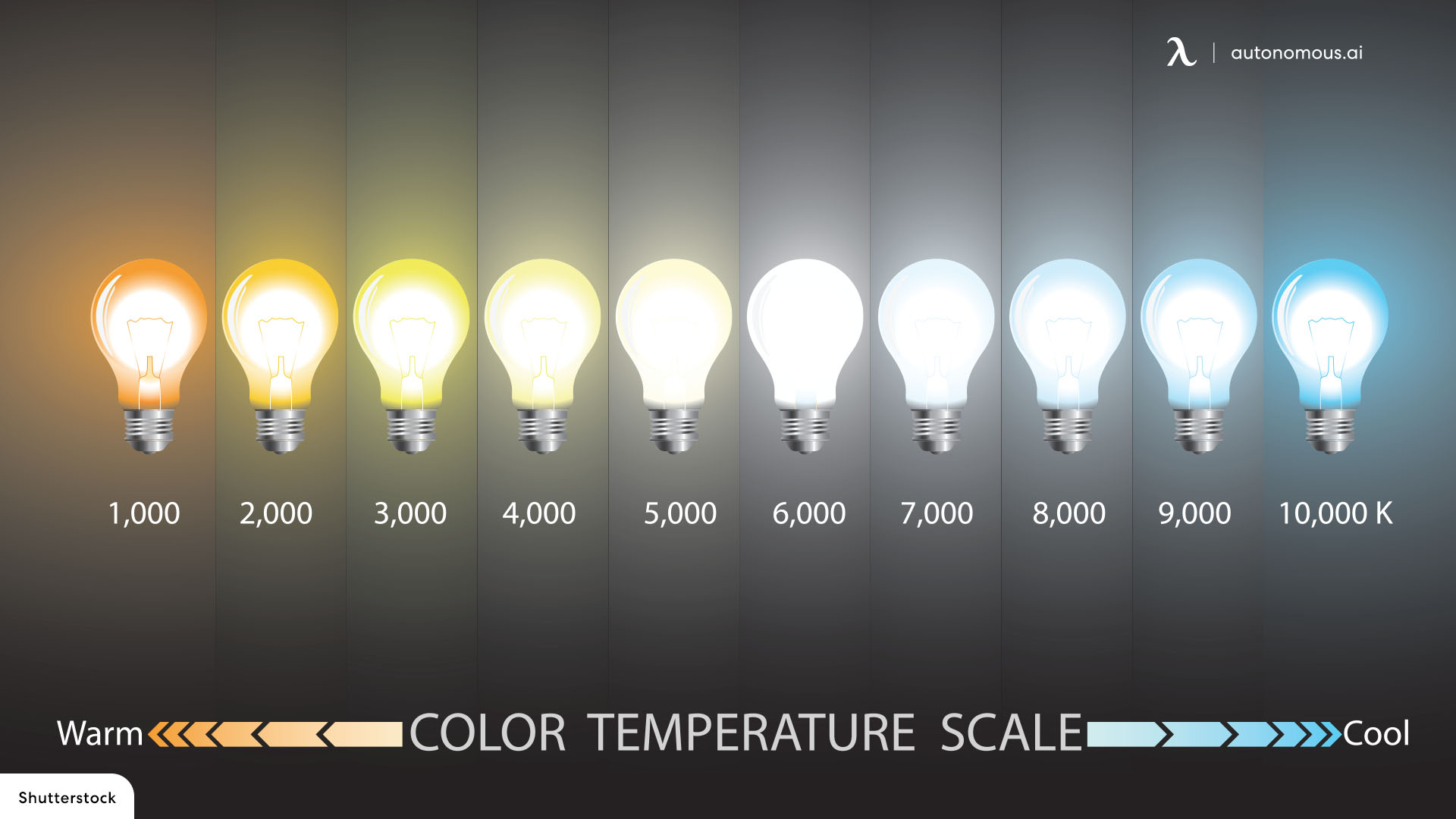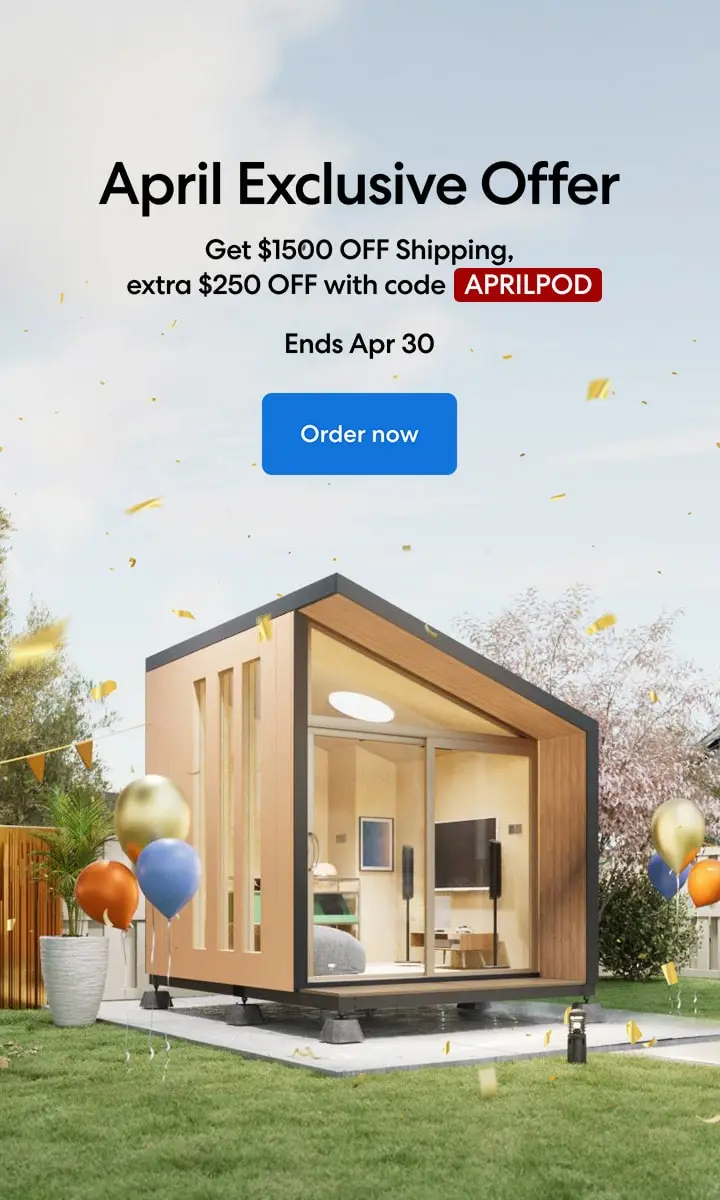/https://storage.googleapis.com/s3-autonomous-upgrade-3/static/upload/images/new_post/optimize-home-office-lighting-color-design-2937-1632905243490.jpg)
Optimize Home Office Lighting Design Based on Color Temperature
Ever since businesses have shifted online and people have started earning a living while working from their home offices, every remote worker thinks of improving their work quality. This aspect mainly depends on how well you plan your home office and what aura you are creating there. In this process of creating a home office, the lighting color of your office plays a major role.
We know that most of you would think that this is something very secondary and won’t impact your work quality much, but the reality is different. Your office light does not only act as a source of brightening up your workspace, but its temperature correlates to your moods too. The lighting color temperature refers to the heat that the bulb radiates; however, it has a major impact on how you perform.
So, choosing a light bulb for your home office is not a random selection; it has a lot to do with many subtle things that lay a major impact on your productivity. We know that all of this is raising several questions in your mind, like how the lighting color temperature can do all that and how you can benefit from them the most.
For all that, you first need a better understanding of how lighting color temperature works and how you can use different temperature scales in combination with different color schemes to optimize your home office design. So, let’s have a look at everything one by one.
How does Lighting Color Temperature work?

Have you ever seen what happens when you heat a metallic object? Looking at such an example can help you understand the working of a light bulb and its temperature changes better.
So, whenever you heat a metallic object, the object changes its color with the increasing temperature. You would notice that the object first turns red, then orange, later yellow, and if you heat it further, it turns white and later various shades of blue if you increase the heat.
A similar situation is there when you heat a filament of any bulb. Did you notice how the color changes with the heat? These changing temperatures are measured in Kelvins, and that heat is associated with certain wavelengths of visible light. That is the reason why we see such a range in light color scales in the light bulbs.
The lower temperatures (1800 or 2400K) produce red light, while blue is seen at a higher kelvin temperature (around 6500K). This is the point where the light color temperature correlates with heat. Now, we think you would understand why some lighting colors are said to be warm white and some as cool white.

Most commercial lights have their temperature between 2000K – 6000K, having a range of warm white to cool white colors. These names are associated with the colors that they emit rather than the heat they radiate.
In addition to this, these cool and warm terms also refer to the aura which each of these lights set. The warm white sets a cozy and warm aura while the cool white has a daylight effect and activates you. Nevertheless, cool white is hotter than warm white.
With this, you would have had the idea of how lighting color temperature works and how it correlates with heat emitted and color seen. Now comes the tricky part, well, not so tricky as we have made it easier for you in the section below. Read further to learn how you can optimize your home office with a better understanding of the lighting color chart. Once you understand that, you can easily select the right home office lighting design for your office.
Different Lighting Color Temperature Scales to Optimize Home Office Design

Although there are only two famous lights, namely warm color lights and cool color lights, the range is comparatively larger. Light bulbs are available in red, blue, and any other color that lies within the visible light range. However, you usually hear about the white light and the warm lights only.
To understand this much better, have a look at the lighting color chart below; this will give you an idea of what color each temperature corresponds to.
- Less than 2000K – dim light (like candlelight)
- Between 2000K and 3000K – warm light that has a sight yellow shade
- Between 3100K and 4500K – white light
- Between 4600K and 6500K – bluish-white light (daylight is approximately at 5200K)
- 6500K and above – bright blue light

Typically, a bright white light is added to places requiring greater focus and notice of the details. In contrast, warm light is used in places where you can avoid minor details and focus more on the mood.
The right selection of light matters a lot because that defines how your surroundings look. This selection is pretty difficult in the traditional bulbs as you cannot make any temperature adjustments to change the light color.
However, kudos to LED desk lights that come with temperature adjustments and allow you to adjust the lighting color as per requirement. Thus, you can think of various desk lighting ideas using these lights.
You should use different desk bar lights to make your workspace look the way you want it to. Typically, white light is better for focusing on details. Therefore, you would have noticed it in hospitals. In contrast, the warm lights are better for living rooms, so you can make your choice accordingly. Once you have the right bulb, no one can stop you from planning the ideal home office to boost productivity at work and alleviate your mood.
Subscribe for a 10% discount on your first order.
Sign up for our weekly update and be the first to know about our specials & promotions.

/https://storage.googleapis.com/s3-autonomous-upgrade-3/production/ecm/240417/april-10-off-offer-2024-1920x540-CTA.jpg)
/https://storage.googleapis.com/s3-autonomous-upgrade-3/production/ecm/240417/april-10-off-offer-2024-720x1200-CTA.jpg)
/https://storage.googleapis.com/s3-autonomous-upgrade-3/production/ecm/240415/bulk-order-apr-2024-offer-720x1200-CTA-min.jpg)

/https://storage.googleapis.com/s3-autonomous-upgrade-3/static/upload/images/new_post_author/admin-1.png)